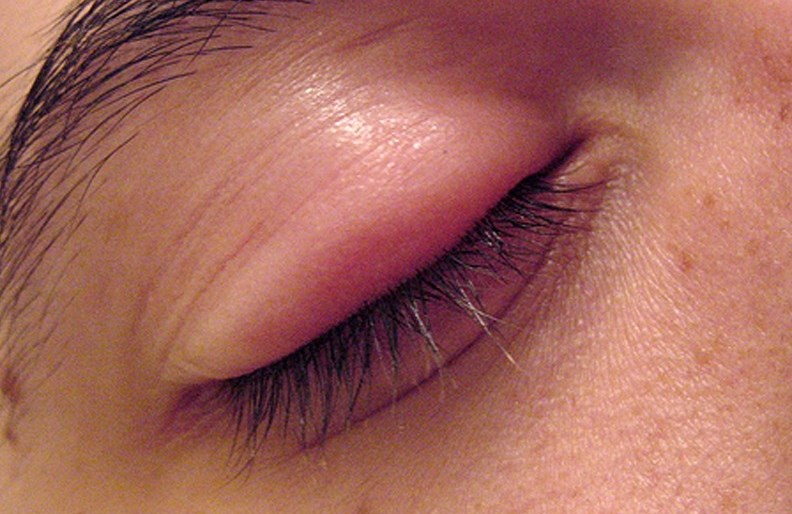Summer brings with it several eye infections. A stye is one of them, and it is often easy to treat.
 by Dr Anand Shroff | Consultant Ophthalmologist, Shroff Eye Hospital
by Dr Anand Shroff | Consultant Ophthalmologist, Shroff Eye Hospital
The medical term for a stye is ‘hordeolum’. Styes are very common at this time of the year when the temperatures soar and make the environment susceptible to bacterial growth. A stye occurs when glands at the edge of the eyelids become blocked and subsequently infected, due to bacterial contamination. I have seen many cases of styes and conjunctivitis this month.
According to Indian Ayurveda, certain foods also produce heat in the body. Pitta is associated with heat and its effects are felt during summer. Many patients have a history of styes being formed after they have eaten a lot of mangoes or pickles. Although there are no scientific studies citing this, this is a common finding during summer, at least in India!
My grandmother and mother have followed this tradition of ‘cooling’ mangoes before eating them by soaking them in water. I don’t know how much that helps, but mango lovers who are susceptible to styes in summer should certainly try it. Some people are more susceptible than others, as they have greater amounts of bacteria on their lids or have excessive discharge of the mucous glands and hence are more likely to develop a blockage.
Things we do that encourage bacterial growth:
- Not removing makeup before bedtime
- Using old, contaminated cosmetics or cheap ones
- Rubbing the eyes with unclean fingers
- Inserting and removing contact lenses with unclean fingers
- Not following proper contact lens hygiene
- Swimming without wearing swimming goggles
A chalazion (also known as a meibomian cyst) is different from a stye. Chalazion is a blocked eye lid gland which is long standing, not infected and forms a bump on the eyelid, usually resulting from an untreated stye. A stye is an acute infection of the gland which usually causes redness, swelling, and pain. If you have a swollen lid that seems to be especially tender in one localised area, the chances are high that it is a stye.
Either way, the preventive steps and first line of treatment remain the same and it is best to see an ophthalmologist for accurate diagnosis.
What should you do?
The first line of treatment should always be hot compresses and eyelid hygiene. When it is painful, it is usually in the acute phase and at this time it responds well to hot compresses.
Because a stye is well sealed from the outside, antibiotic drops do not penetrate very well to the site of infection. However, hot fomentation or applying heat to the inflamed area normally works. The most important aspect of heat application is to do it as frequently as possible especially during the initial phase of the stye. An acutely inflamed stye may begin to drain and at this point topical antibiotic eye drops may help.
Eyelid hygiene: Stop using eye make-up for a while as make-up can be contaminated with bacteria. Apply baby (tear-free) shampoo to a clean, wet wash cloth or ear bud and gently rub along the eyelid margins once a day. Some prefer using commercially available pre-moistened eyelid wipes. Any mild analgesic and anti-inflammatory tablet may also help reduce painful discomfort.
If the stye hardens and forms a closed cyst, it may need minor surgical removal.
If left untreated…
Some styes remain the same, few get worse and a few get better on their own. If it is on the upper eyelid, it may affect vision, but only due to the drooping of the eyelid, which reduces when the condition improves. On the lower lid it is less likely to interfere with vision. However, it is not possible to know how it will evolve, hence simple home remedies as listed above should be adopted.
(Featured image courtesy medicalpoint.org)




